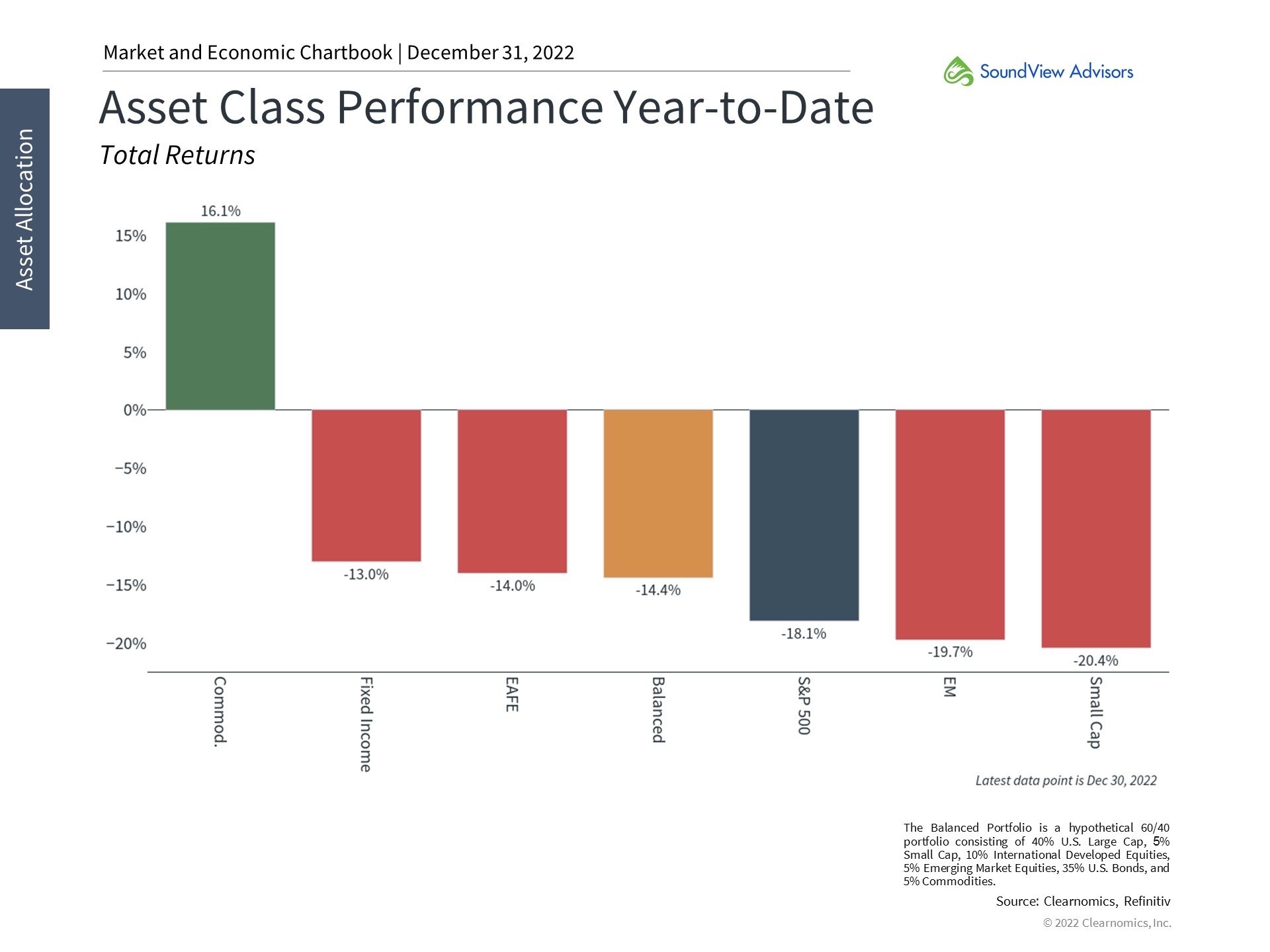Now, when they sing, whether the notes are spot-on or not, I know it’s them. Being their dad, their voices are unmistakable to me. Heartwarming, I know, but how does this relate to you? A few weeks ago I read these statements on FTC.gov:
“Newly released Federal Trade Commission data shows that consumers reported losing more than $5.8 billion to fraud in 2021, an increase of more than 70 percent over the previous year.”
And “Of the losses reported by consumers, more than $2.3 billion of losses reported last year were due to imposter scams—up from $1.2 billion in 2020.”
That’s a tune I definitely don’t want to hear around the office.
A DIGITAL DISGUISE
Imposter scams are nothing new, but they are more sophisticated these days: email-spoofing, robocalls, they can even come via text message! The notes differ slightly different, but the tune is always the same: a scammer pretends to be someone you trust in an effort to convince you to send them money. In our world, these scams are almost entirely digital. Here’s the million-dollar question: why? Because using the written word, scammers can impersonate anyone they like. They can wear any mask.
That’s why your voice is so important! If a scammer gets on the phone and pretends to be someone you’ve had dozens of conversations with, you’d know instantly something was wrong. To bring it home: you know us. You know our voices and our faces, and we know yours—and that’s a powerful thing.
TRUE “VOICE RECOGNITION”
We’ve set up a few new rules for our firm to ensure neither you nor the firm falls victim to this type of fraud:
An outgoing funds transfer (out of a your investments to a bank account), must be verbally authorized by the client. This can be via phone, or in meeting.
In the same way, an outgoing funds transfer may not be authorized solely digitally.
Your Lead Advisor will be notified of all transfer requests, big or small.
Note: if you’ve set up a standing/automatic transfer, say, on a monthly basis, the rules are different. We won’t call you every time!
While some of this might sound like a hassle, I hope you’d agree a quick phone call may end up saving us all a ton of grief. And this goes both ways. If you receive written communication from someone on our team that seems strange, err on the side of caution. Let us know. Forward the message to us so we can look it over. Or you can even call us and we would be happy to talk about it with you.
NOT JUST A BOX TO BE CHECKED
At SoundView, we insist on understanding our clients well. Our advisors don’t (and won’t ever) have hundreds of clients apiece. You’re not just a name on a list, or a box to be checked. You’re a household we have a unique relationship with. Knowing you well helps us do our jobs better, but it also has other effects. We can better sense if someone is experiencing cognitive decline. We can pick up on higher levels of stress and anxiety. Most of all – we know what you look like, sound like, and how you communicate. This can diminish the dangers of imposter scams.
Knowing you helps us learn from you, protect you, and serve you better. If you have any questions, or just want to say hi, never hesitate to give us call. I love talking to our clients-- it’s always good to hear your voice.













































